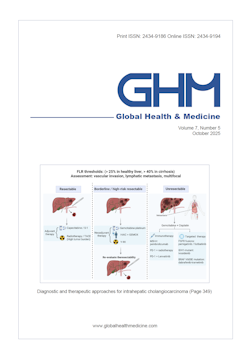Global Health & Medicine 2019;1(1):3-10.
Population aging in Japan: policy transformation, sustainable development goals, universal health coverage, and social determinates of health.
Nakatani H
Japan is aging rapidly, and its society is changing. Population aging and social change are mutually linked and appear to form a vicious cycle. Post-war Japan started to invest intensively in infectious disease control by expanding health services and achieving universal medical insurance coverage in 1961. The high economic growth in the 1960s contributed to generate a thick middle class layer, but the lingering economic slump after the economic bubble crisis after 1991 and globalization weakened this segment of society. Health disparity has been acknowledged and social determinates of health have been focused. In this article, the author reviewed the response course to health challenges posed by population aging in Japan, and aims to offer lessons to learn for Asian nations that are also rapidly aging. The core viewpoints include: i) review health policy transformations until the super-aged society, ii) discuss how domestic issues in aging can be a global issue, iii) analyze its relationship with Japanese global health engagement, iv) debate the context of social determinates of health, and v) synthesize these issues and translate to future directions.
DOI: 10.35772/ghm.2019.01011







